Dirt science and getting grubby!
21/11/2018

My first few weeks in Cranfield have been a bit overwhelming, with a complete difference in learning style (more independent learning), handing in assignments, learning how to paraphrase and reference properly to avoid plagiarism, and learning a new software from scratch but I am happy that I have made new friends during this time and they have made the transition and learning process easier.
Dr Jacqueline Hannam came in this week, all smiles, I knew I was in for a treat and I wasn’t wrong. I learnt about the physical, chemical and biological components of soil and their interactions. From identifying the different soil textures (sand, clay or loam) by moistening the soil sample and feeling it with your fingers, to identifying the different structures of soil and their effects on soil biology, compact or friable with aggregates respectively as seen below:
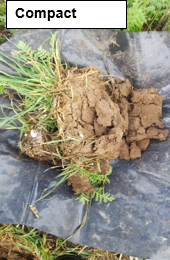
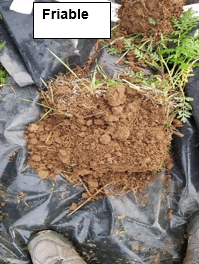
The major organisms which can be seen in the soil are earthworms also known as soil engineers (picture below) and they help to alleviate compaction, aerate and increase porosity in soil due to their burrowing activities.

The different horizons of the soil (A (sandy loam),B (loamy sand),C (sand)) are also shown below, colour change which also indicates organic matter levels is evident in the different horizons at the Parrish farm.
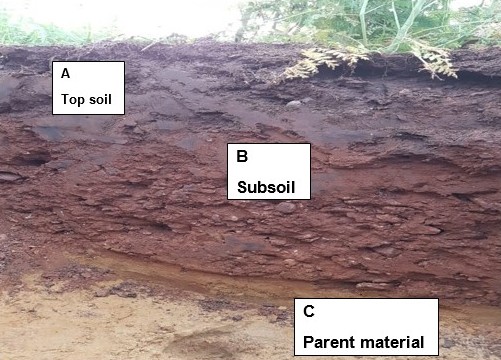
Learning about soil as a carbon store (three times more than the atmosphere) and the Nitrogen cycle, different forms of Nitrogen available for plant use and their effects on the soil and plant growth, the effect of PH on phosphorus mobility, biosolid (BS) and their benefits and the numerous methods of analysing these chemical properties was great. Dr Ruben Sakrabani says there will be in-depth explanations in the next module (can’t wait!). Lots of case studies too to aid understanding. Finally another visit to the Rectory Wood site (pictures below) by the Land Reclamation and Restoration MSc students as “consultants” to obtain data for decision making that will help us reach the restoration target for the woodland.
Soil is a living system that renders a lot of services (provisioning, regulating, cultural and supporting) to us hence the need to utilise it sustainably since it takes a very long time to renew (1cm in 1000 years)! I had great fun learning this week (lots of team work and field trips) and I look forward to my next module. In all, it was a fun and enjoyable week with the integration of class room learning and relevant field and industry experience which I am discovering is unique to modules here at Cranfield.
I’ve had the best learning experience here with a beautiful and serene environment, excellent IT training sessions for different skills, career prospects awareness and lots of PC labs too (Building 90 is my favourite). I hope to enjoy my year in Cranfield to the maximum while acquiring relevant skills along the way.
Thank you Cranfield!
Categories & Tags:
Leave a comment on this post:
You might also like…
Keren Tuv: My Cranfield experience studying Renewable Energy
Hello, my name is Keren, I am from London, UK, and I am studying Renewable Energy MSc. My journey to discovering Cranfield University began when I first decided to return to academia to pursue ...
3D Metal Manufacturing in space: A look into the future
David Rico Sierra, Research Fellow in Additive Manufacturing, was recently involved in an exciting project to manufacture parts using 3D printers in space. Here he reflects on his time working with Airbus in Toulouse… ...
A Legacy of Courage: From India to Britain, Three Generations Find Their Home
My story begins with my grandfather, who plucked up the courage to travel aboard at the age of 22 and start a new life in the UK. I don’t think he would have thought that ...
Cranfield to JLR: mastering mechatronics for a dream career
My name is Jerin Tom, and in 2023 I graduated from Cranfield with an MSc in Automotive Mechatronics. Originally from India, I've always been fascinated by the world of automobiles. Why Cranfield and the ...
Bringing the vision of advanced air mobility closer to reality
Experts at Cranfield University led by Professor Antonios Tsourdos, Head of the Autonomous and Cyber-Physical Systems Centre, are part of the Air Mobility Ecosystem Consortium (AMEC), which aims to demonstrate the commercial and operational ...
Using grey literature in your research: A short guide
As you research and write your thesis, you might come across, or be looking for, ‘grey literature’. This is quite simply material that is either unpublished, or published but not in a commercial form. Types ...
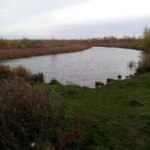
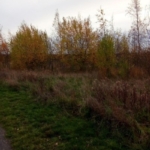




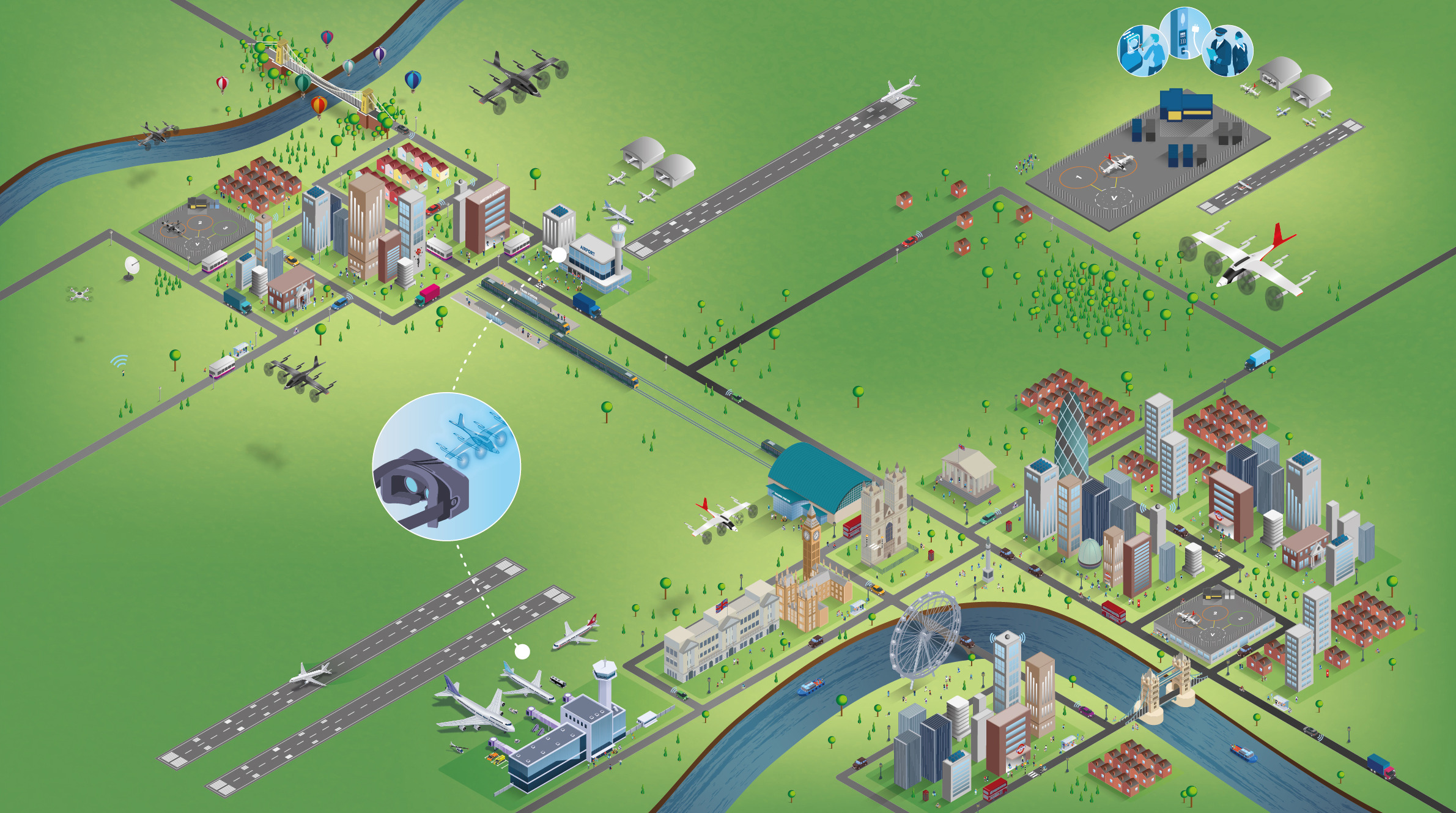

This is a good article, keep up the good work Blessing.
Thank you
Honestly, you just made this part of science alive to me! Good work!
Thanks